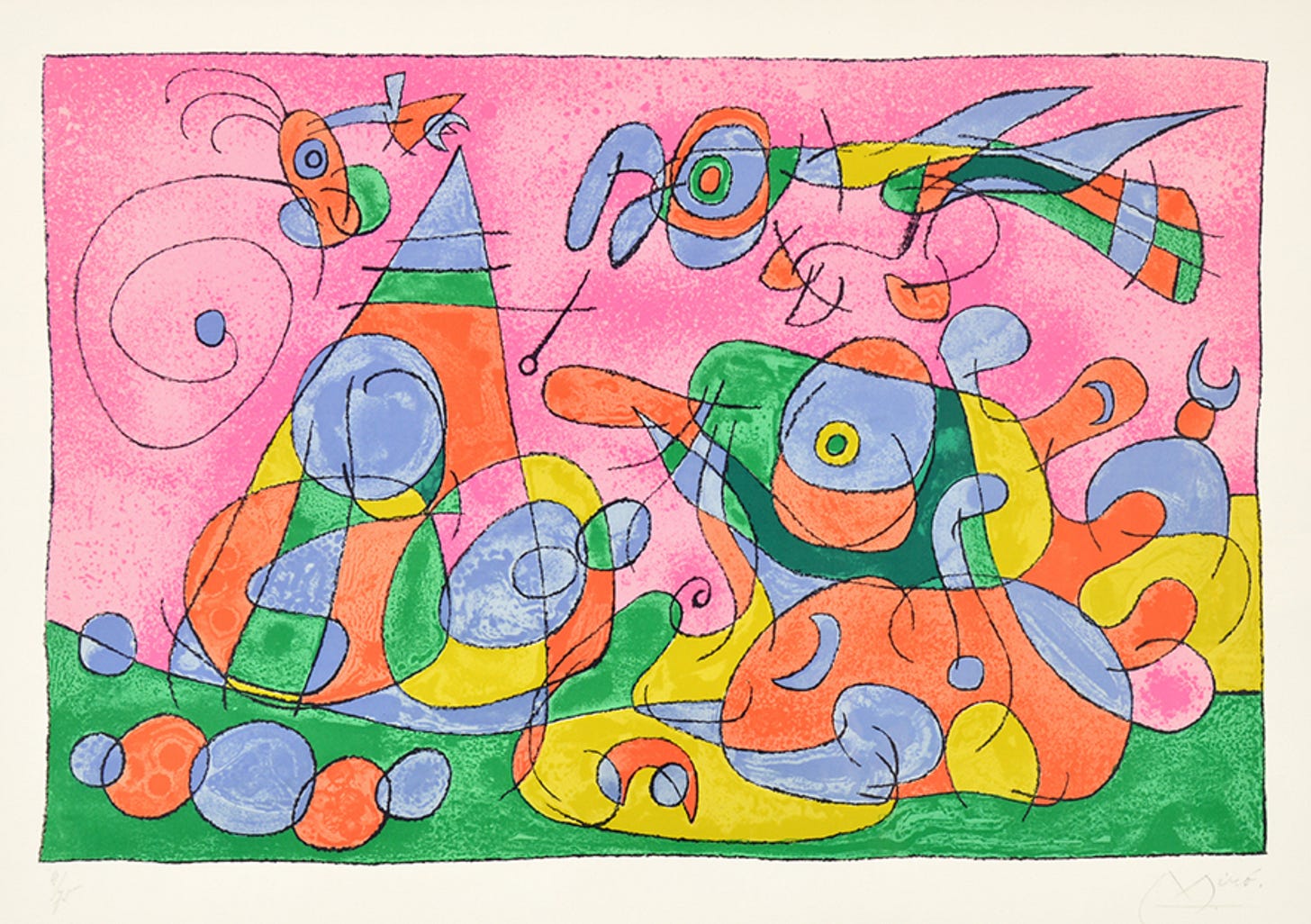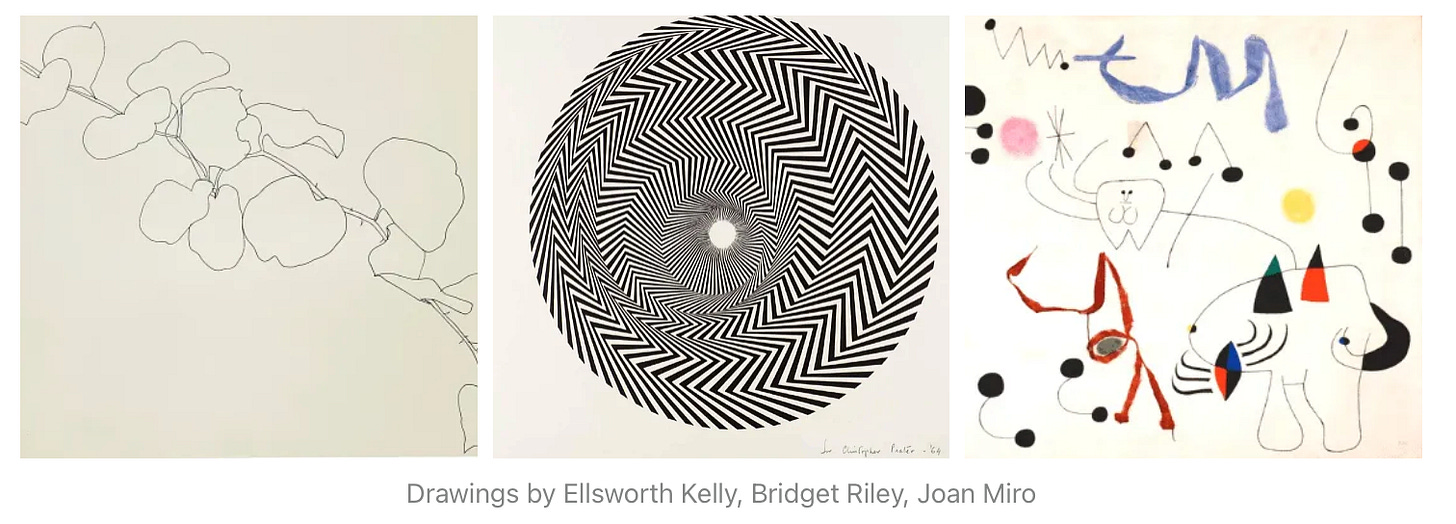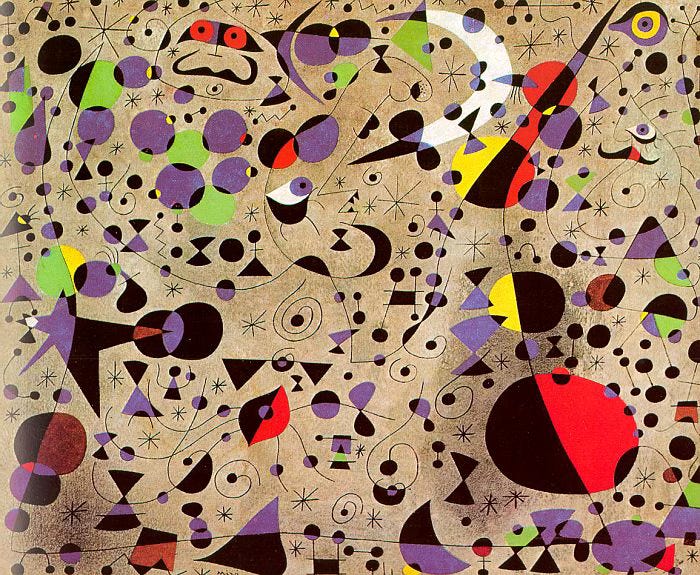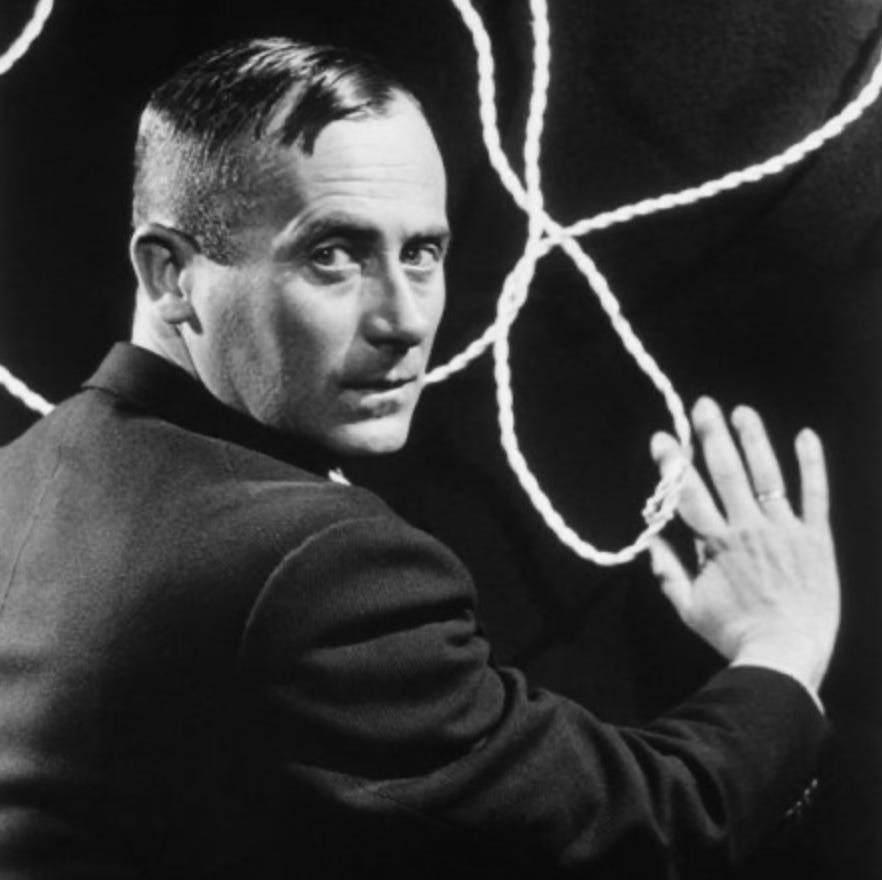Day 5. Look Between The Lines (There Be Shapes!)
Learning to listen to our GUT
Friends!
It’s Day 5, and we’re still alive!! Woohoo!
After a giddy, griddy day with Agnes, you may have been wondering….
“Hey, WendyMac, what’s up with all these lines we’re drawing??”
Well, I’ll tell you, friends. There’s a good reason our first DOodles are all line drawings: LINE is the most fundamental element in drawing. When you imagine a drawing, any drawing, what do you see? I feel confident it probably has some lines in it.
Line Time!
When you make a drawing using primarily lines, it’s called a line drawing. Line drawings can be made with any medium. They can be representational (meaning they are intended to look like something), abstract (not designed to look like something - as we are doing in Part 1), and conceptual (they represent an idea.) A line drawing can be the basis for another drawing or painting, as in a sketch, or it can be a finished piece unto itself. There are so many different kinds of line drawings. For example:
Regardless if you are drawing the outline of plants, dazzling op-art, or childlike doodles, there are seven types of lines we use when drawing: horizontal, vertical, or diagonal; straight or curved; thick or thin. That’s it. Those seven types of lines are all the types of lines that exist in the world. True story.
Yesterday you made straight lines - both horizontal and vertical ones. You used thick AND thin lines. Diagonal? Maybe? Before that you made curved lines with your spirals and circles. In the past few days, most of us have drawn every type of line that exists on the earth. You are now a line expert. Congrats.
We’ll soon start using lines (and other things) to make representational drawings. But first, we have to dip our toes into another area of drawing. Shape.
Now let’s make Space for Shape
What is a shape?
A shape is an enclosed, 2-Dimensional space. For example, a square is shape. A circle is a shape. A cube, on the other hand, is a form. A form is 3-Dimensional. Sphere? Also a Form. Triangle? That’s right! Shape! Pyramid? NAILED IT. FORM. How about a Blob?? YOU BE THE JUDGE.
We use shape all the time in drawing. Blocks of color are shapes. The shape of a leaf in that drawing by Ellsworth Kelly above? That’s a shape - defined by line!
Up until today, we have been drawing lines, and not considering shape so much. Starting today we we begin to pay attention to shape. Because to use it in our drawings, we really have to first NOTICE the shapes. How will we do this? “Automatically.”
Line → Shape
When I stand in front of a canvas, I never know what I’m going to do – and nobody is more surprised than I at what comes out. - Joan Miro
To create line drawings that become cool shapes with zero pressure to “get it right”, We are going to experiment with a technique Joan Miro and his fellow surrealists called “automatic drawing.” They developed drawing exercises that got in the way of their decision making and let their gut instincts take over. Not only did this make cool drawings, but it also helped them quiet their analytical minds and develop their creative instincts. It can do the same for us, too.
Miró said of his process:
“Rather than setting out to paint something I began painting, and as I paint the picture begins to assert itself, or suggest itself under my brush.… The first stage is free, unconscious...”
Today, we are going to draw in Miró’s footsteps and work on letting go of expectations around making “a good drawing.” In fact, we will let go of all our expectations, period!

Today’s drawing starts with a line drawing, leads to shape making and wraps up with some coloring time. And it’s really about freedom and mindfulness- and being okay with whatever ends up happening. Letting fate take over and the result being “good enough.”
So many of us are trained to default to our rational brain for decision making. In turn, we lose touch with those first, most essential feelings - the ones that occur in our bodies. By practicing listening to the body, trusting it, and leading with it, we develop a deeper understanding of who we are and what is right for us. We develop our creative GUT muscles.
For today’s assignment, you are going to need a pen and at least TWO colors. You can use paint, colored pencils, markers. Whatever you have on hand. Even highlighters will do.
Without further ado - let’s get in touch with our GUTs/work on our Creative Instinct and make some automatic drawings.







